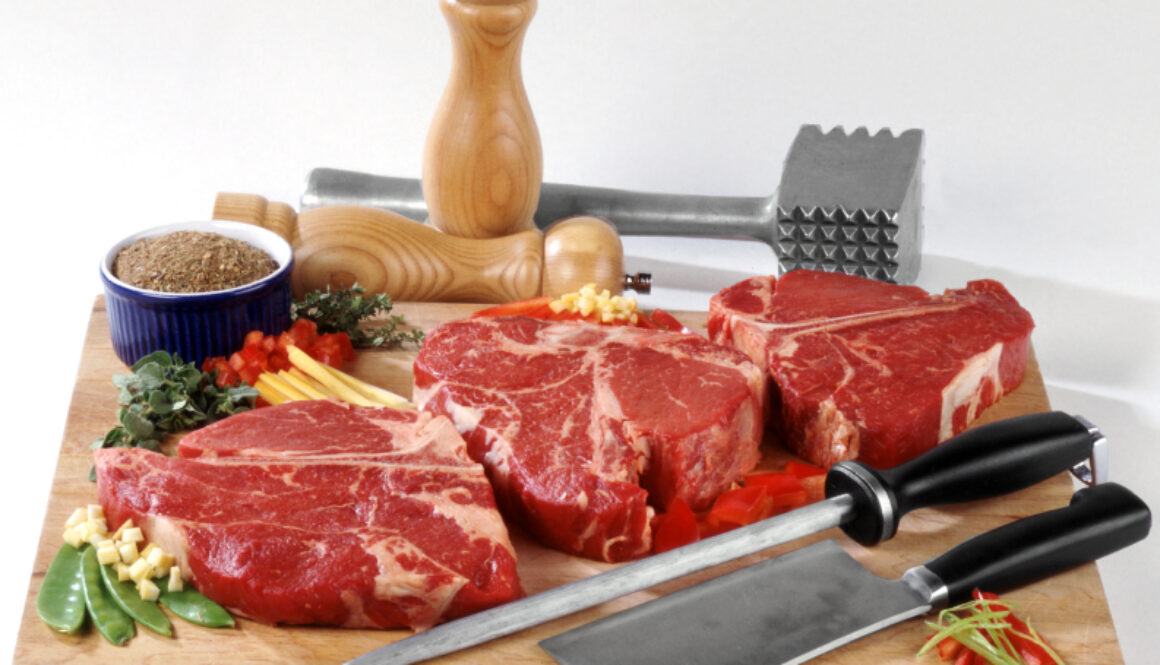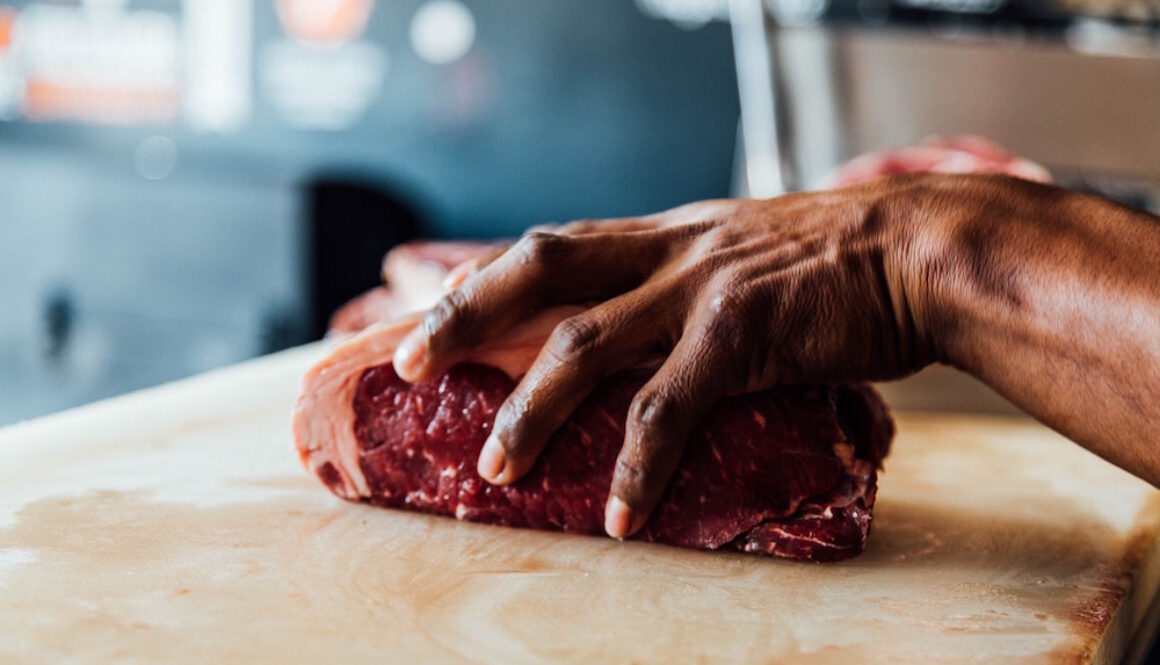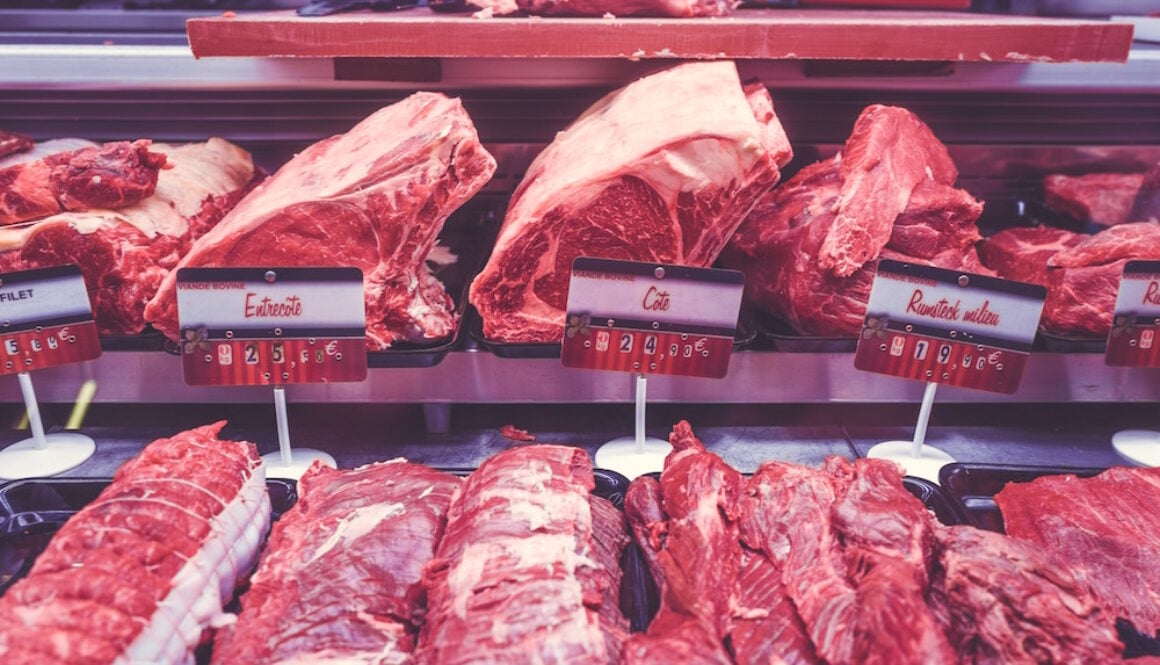Steaks Defined: T-Bone vs. Porterhouse
Grill Nation answers the question “What’s the difference between a Porterhouse and a T-bone steak?”. Roy the Butcher settles it once and for all.

Grill Nation answers the question “What’s the difference between a Porterhouse and a T-bone steak?”. Roy the Butcher settles it once and for all.

Everything you’ve always wanted to know about the different grades of beef, including Prime, Select and Choice as graded by the United States Department of Agriculture (USDA). What BBQ grillers need to know.

Answers the questions: What is marbled beef? Does it really taste better? How do you purchase the best tasting steak?